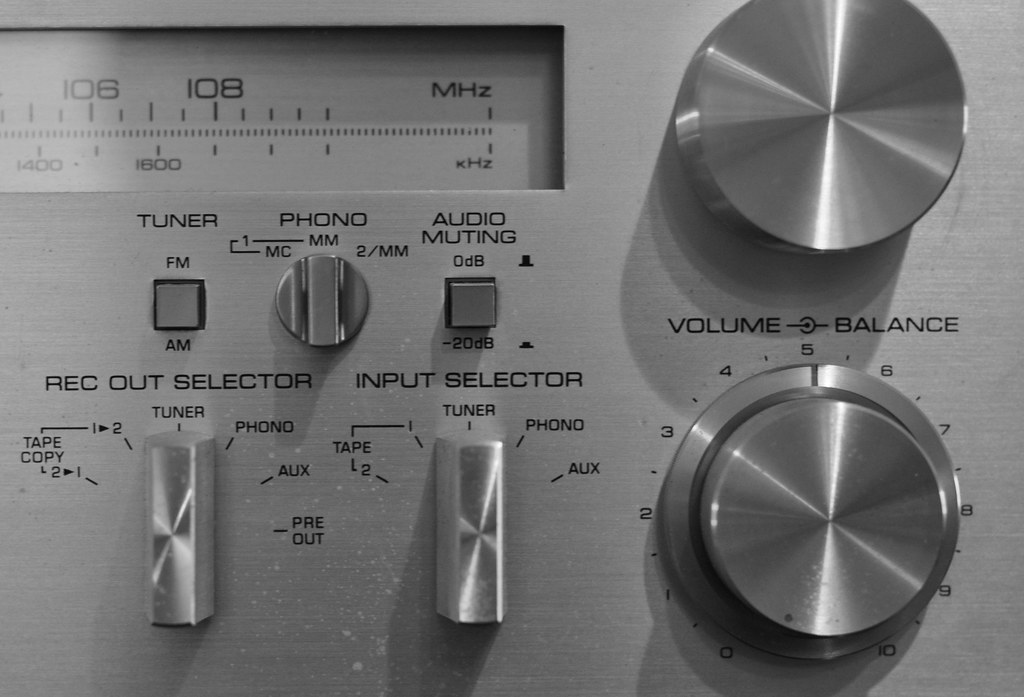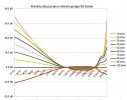I understand what the loudness button does - Fletcher/Munson, raising/lowering bass and treble, etc. So, you decide the maximum volume at which you'd like to listen, and then use the loudness knob to control the amounts of bass and treble for low-volume listening.
What I don't understand is, for Yamaha amplifiers without loudness control (AS1200, AS2200), how can I achieve a similar effect using the bass and treble buttons for certain volume levels?
There are tone control characteristic curves in the documentation, but there is nothing regarding loudness.
Does loudness use the same curves, but simultaneously for both bass and treble for specific volume levels?
I bought RME DAC primarily because of the programable loudness features. It allows you to set your levels for which it’s active and how much bass and treble gets boosted. I’ve not had enough time to really work it all out but it seems interesting.
My buddy owns avas2200. It it a very nice product but like you said no loudness.
From the RME docs.
Another legacy of HiFi amplifiers: there has not been a single one missing a feature called Loudness. It tries to address the changes in frequency-dependent hearing sensitivity over differ- ent volume levels. If one listens to music loud, then drops the level by at least 20 dB, sound los- es punch and glitter. HiFi amps tried to fight this effect by adding more bass and treble the lower the volume was set. Unfortunately that never worked as intended, and just became an additional bass/treble booster. Reason: the manufacturer of the HiFi amp could not know what volume any position of the volume knob equals at the customer’s home. Room size, room dampening and efficiency of the used speakers are all unknown.
But the effect of loss in perceived sound exists (read about the Fletcher-Munson curves), and can be easily reproduced with any serious gear by comparing normal volume and DIM state (usually -20 dB). The ADI-2 DAC offers Loudness for the analog stereo outputs, and probably is the first time that Loudness works as intended. The user can decide how much maximum gain in Bass and Treble should occur at lower volume settings. The user also sets the Low Vol Ref- erence, where maximum gain is achieved. After extensive tests a 20 dB range has been defined as range for maximum gain to no gain while increasing volume. That seemed to be the perfect definition of the range that needs to be addressed by Loudness.
Here is an example on how it works: the user’s typical lowest level listening volume is at -35 dB at the unit. This value is now set by the user as Low Vol Ref in the Loudness menu. Then Bass and Treble Gain can be set between 0 and +10 dB. Default is +7 dB for both. Increasing the volume by turning the Volume knob causes the gain in Bass and Treble to be lowered smoothly over a range of 20 dB. So when Volume is set to -15 dB, the music is not only quite loud, but Loudness’ Bass and Treble are then at 0 dB gain. See chapter 31.8 for graphs.
No matter how sensitive the connected phones or speakers are, no matter how much increase in Bass and Treble are desired – with the ADI-2 DAC one can finally adjust it to meet the per- sonal hearing and taste. Loudness finally works as it should have worked from the start - anoth- er unique feature in the ADI-2 DAC.
Note: Loudness works best in Auto Ref Level mode due to the seamless dBr scale of the vol- ume control. Without Auto Ref Level active, manually changing the Ref Level will change the volume without changing the VOLume value (dB). As Loudness is referenced to a 'Low Vol Ref' setting it then might no longer work as intended, and needs the Low Vol Ref value to be adjust-




